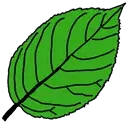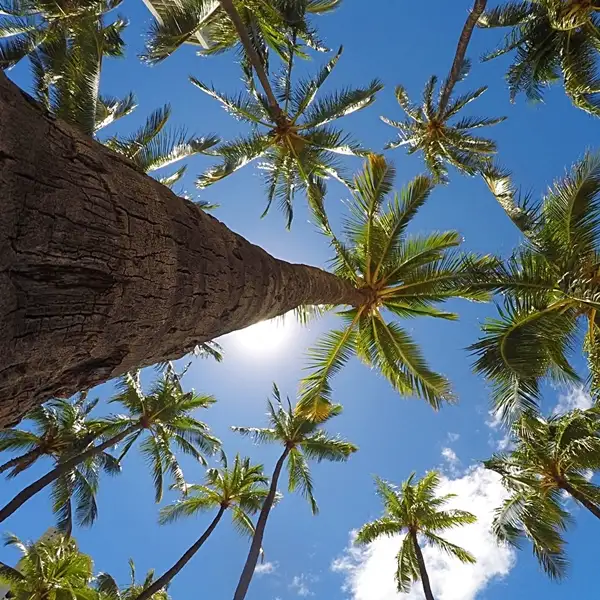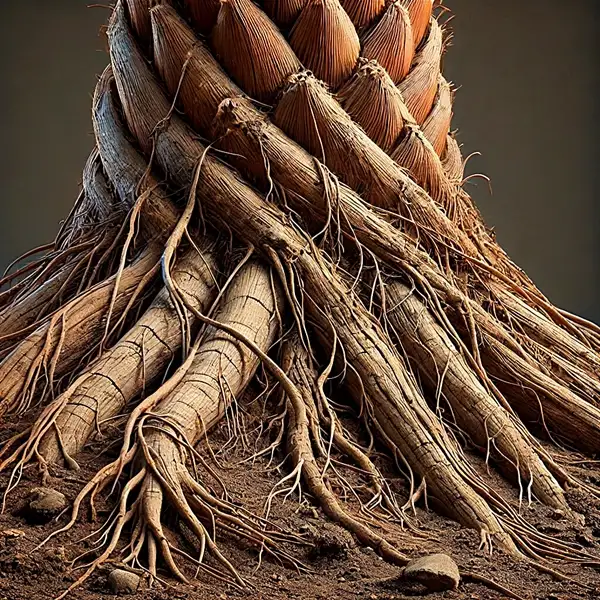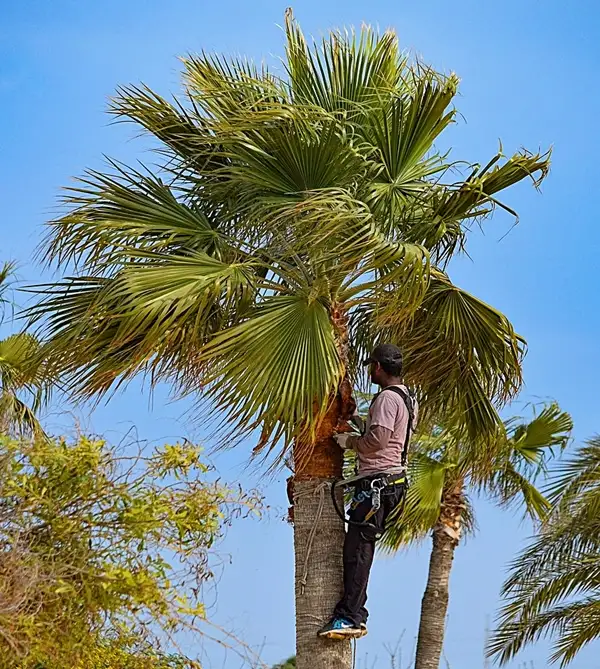Key Takeaways
| Key Takeaways | Why It Matters |
|---|---|
| Not all yellowing is a problem | Understanding the natural cycle prevents unnecessary concern. |
| Hidden environmental influences | Factors beyond your control might be affecting leaf color. |
| Top causes of yellowing | Thinking, ‘Why is my Palm tree turning yellow?’ Uncover the real reason behind color changes. |
| Color-coded nutrient deficiencies | Your palm leaves are sending clear signals—if you know how to read them. |
| Watering mistakes you don’t realize | Too much or too little water? The consequences may surprise you. |
| Silent attackers: pests & diseases | Learn how to detect and stop hidden threats before it’s too late. |
| Actionable solutions for healthier palms | Discover the proven methods to revive and maintain lush greenery. |
Natural Cycle of Palm Trees
Palm trees are an incredibly stunning spectacle synonymous with tropical tranquillity. However, before panicking over sight of yellow foliage, it is crucial to understand a palm tree’s natural life cycle.
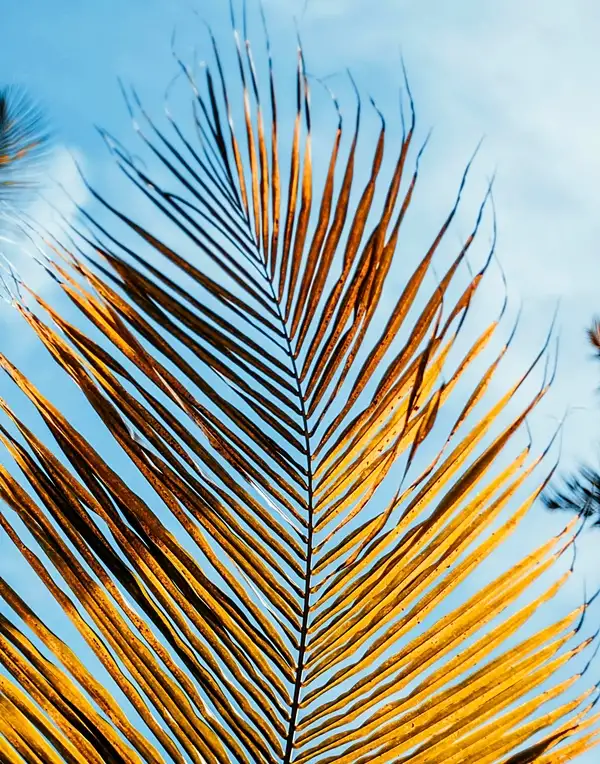
Every species follows its unique growth pattern & physiological changes throughout different seasons can be easily mistaken for unhealthiness. Typically, older leaves turn yellow as part of a natural shedding process designed to make room for new growth.
In addition to this biological cycle, various environmental factors such as light levels & temperature can influence coloration of palm fronds. When exposed to adequate sunlight intensity & duration in conjunction with optimal temperature ranges, palms exhibit vibrant green hues signifying healthful photosynthetic activity.
On flip side, suboptimal conditions may induce stress leading to chlorosis—yellowing leaves—a signal that your palm might need some extra care or adjustment in cultivation practices.
5 Common Causes for Yellowing Palm Trees
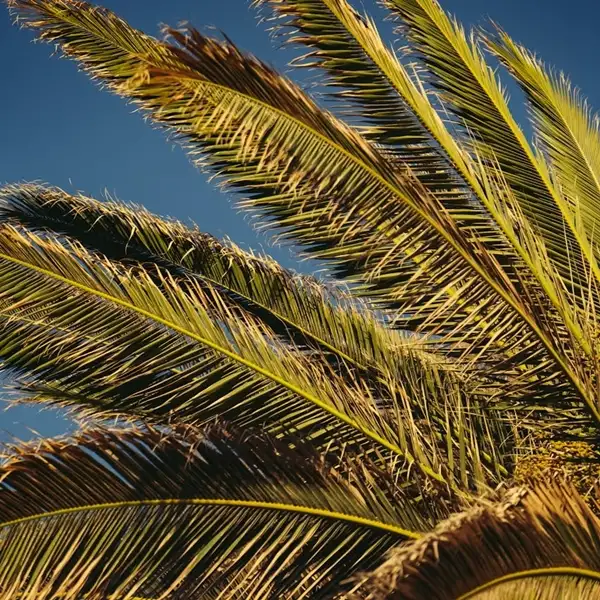
The transformation from verdant beauty into an alarming shade of yellow supersedes mere aesthetics —it’s often indicative of problems requiring attention.
| Cause | Description |
|---|---|
| Nutrient Deficiencies |
|
| Improper Watering |
|
| Root Damage from Repotting |
|
| Pests and Diseases |
|
| Environmental Stress |
|
6 Key Nutrient Deficiencies & Their Symptoms in Palm Trees
Each nutrient plays its own vital role within intricate palm biochemistry processes making their sufficiency paramount in ensuring healthy plant development & functionality – lack thereof consequently triggers noticeable discolouration symptoms.
| Nutrient | Symptoms | Notes |
|---|---|---|
| Nitrogen (N) |
|
|
| Potassium (K) |
|
|
| Magnesium (Mg) |
|
|
| Manganese (Mn) |
|
|
| Iron (Fe) |
|
|
| Sulfur (S) |
|
|
Interestingly, palms suffering from multiple nutrient shortages may exhibit overlapping symptoms, making diagnosis more complex while also underscoring the importance of promptly recognizing these signs for timely corrective intervention.
Incorrect Watering of Palm Trees: Signs, Effects & Fixes
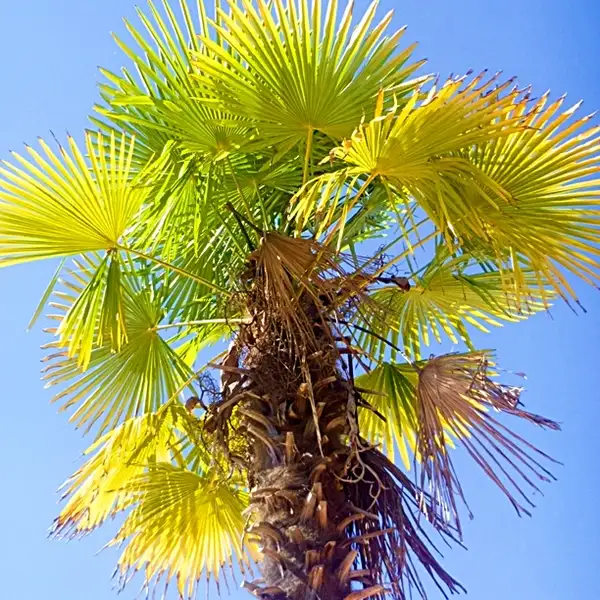
Water is fundamental to plant life. It plays central roles in temperature control, nutrient transport & photosynthesis among other vital functions.
| Watering Issue | Impact on Palm Tree | Recommendations |
|---|---|---|
| Overwatering |
|
|
| Underwatering |
|
|
5 Pests That Turn Palm Trees Yellow (+ How to Stop Them!)
Beyond physiological factors & maintenance missteps like nutrient deficiencies & improper watering, palm trees can also turn yellow due to pest infestations.
| Pest | Symptoms | Treatment |
|---|---|---|
| Scale Insects |
|
|
| Mealybugs |
|
|
| Spider Mites |
|
|
| Red Palm Weevil |
|
|
| Palm Aphids |
|
|
4 Diseases That Turn Palm Trees Yellow (+ Complete Treatment Guide)
Diseases can be just as destructive as pests often causing rapid yellowing & decline in palm trees. Left untreated, some can be fatal, making early detection & intervention crucial for preserving tree health.
| Disease | Symptoms | Treatment |
|---|---|---|
| Fusarium Wilt |
|
|
| Lethal Yellowing |
|
|
| Ganoderma Butt Rot |
|
|
| Bud Rot |
|
|
Effective Treatment & Prevention Strategies for Yellowing Palms
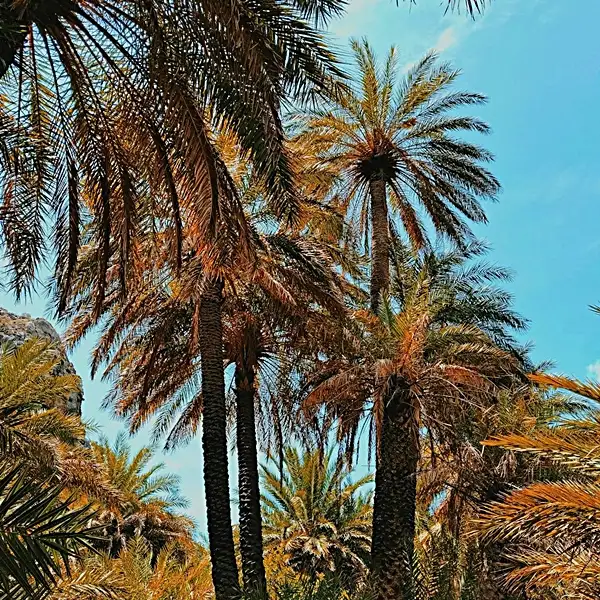
Upon spotting yellow fronds, proper diagnosis forms step one towards effective management:
| Issue | Strategy | Details |
|---|---|---|
| Nutrient Deficiency |
|
|
| Improper Watering |
|
|
| Pests/Diseases |
|
|
Keep Your Palm Green & Thriving! 🌿
Though multiple factors can lead to palm trees turning yellow, correctly identifying causes allows for precise & prescriptive action in restoring tree health.
Remember! Prevention always outweighs cure.
Thus, adopting ideal cultivation & maintenance practices from start helps keep palms eternally green!
Frequently Asked Questions
Can yellow palm leaves turn green again?
No! Yellow palm fronds won’t turn green again. Chlorophyll loss is irreversible but fixing nutrient deficiencies, watering issues or stress factors prevents further yellowing & promotes healthy new growth.
What deficiency causes yellowing of leaves?
Nitrogen, potassium, magnesium, manganese, sulfur & iron deficiencies cause yellowing. Each with distinct symptoms mentioned in the discussion above. Identifying patterns helps correct imbalances with proper fertilization.
Can palm leaves grow back?
No! Once removed, palm fronds do not regrow from same spot. However, healthy palms continuously produce new fronds if properly cared for.
Why is my palm plant turning brown?
Underwatering, salt buildup, extreme temperatures or low humidity cause browning. Adjust watering, leach excess salts & maintain stable conditions to prevent further damage.
Why is my palm tree turning yellow after repotting?
Repotting stress & root disturbance disrupt water & nutrient uptake causing yellowing. Minimize root damage, use well-draining soil & maintain consistent watering for recovery.
Should I cut off yellow palm leaves?
Yes! But only when fully yellow. Removing them too soon deprives the tree of nutrients. Use sterilized tools to prevent infections.
